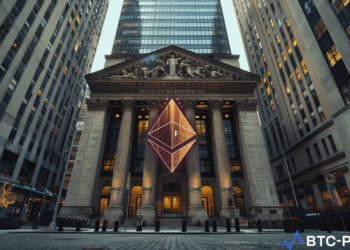NFT Royalties at a Two-Year Low
Nonfungible token (NFT) royalties, a critical source of revenue for NFT projects, have sunk to their lowest point in two years, as reported by blockchain analytics firm Nansen.
Impacts of Bored Ape Yacht Club Price Drop
Before the recent fall in the floor price of the Bored Ape Yacht Club (BAYC) NFTs and controversies related to the launch of the Azuki Elementals collection, data indicated a dip in NFT royalties. The peak was in April 2022 when creators accumulated an estimated $75.7 million in a week.
Revenue Details from Major NFT Projects
According to the data, BAYC creator Yuga Labs has reaped a total of $165.5 million in royalties across its NFT collections. Other significant earners include RTFKT with $79.9 million, Azuki with $58.2 million, Proof with $35 million, and Doodles with $27.4 million.
Role of NFT Marketplaces in Distributing Royalties
OpenSea was the key player in distributing royalty payments to NFT projects until 2023. However, this changed when rival marketplace Blur implemented a policy requiring at least 0.5% royalties unless projects opted out or enforced full percentages. Currently, OpenSea and Blur are evenly matched in terms of royalties paid, with Blur seeing higher payouts during trading volume surges.
Notable Trends in NFT Royalties
Nansen’s data also reveals that the top 10 NFT collections have earned over $345 million in royalties, with Yuga Labs’ $150 million in royalties making up 44% of the total. Interestingly, just 20 NFT projects have crossed over the $10 million mark in royalties till date.
Conclusion: The Future of NFT Royalties
While NFT royalties have hit a two-year low, it’s crucial to remember the volatility inherent in the cryptocurrency and NFT markets. The recent decrease in royalties might not necessarily indicate a long-term trend, but rather a reflection of various short-term market conditions, such as the fall in Bored Ape’s floor price and the evolving practices within the marketplace.
It’s also worth noting that despite this downturn, significant revenues have been generated, with the top 10 NFT collections raking in over $345 million in royalties. This underlines the potential these assets still hold for creators and investors alike. As the market continues to mature and evolve, changes in royalties could serve as valuable indicators of market health, offering insights into broader trends within the NFT ecosystem.
As OpenSea and Blur continue their royalty distribution rivalry, it will be interesting to watch how the competition might impact future royalty trends, the development of NFT projects, and the overall dynamics within the NFT marketplace. As always in this rapidly evolving field, the only certainty is change.










